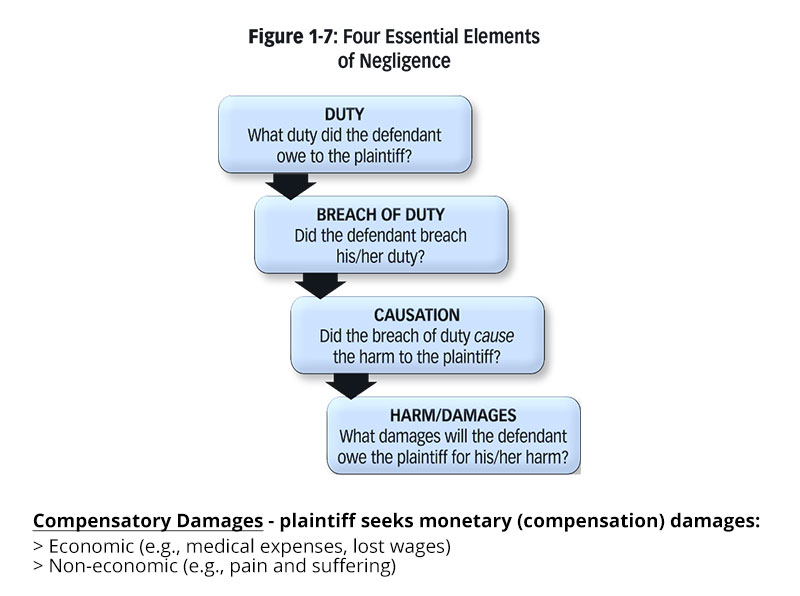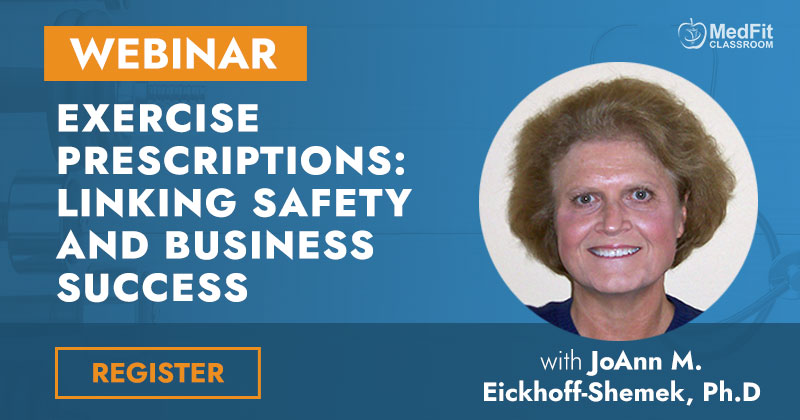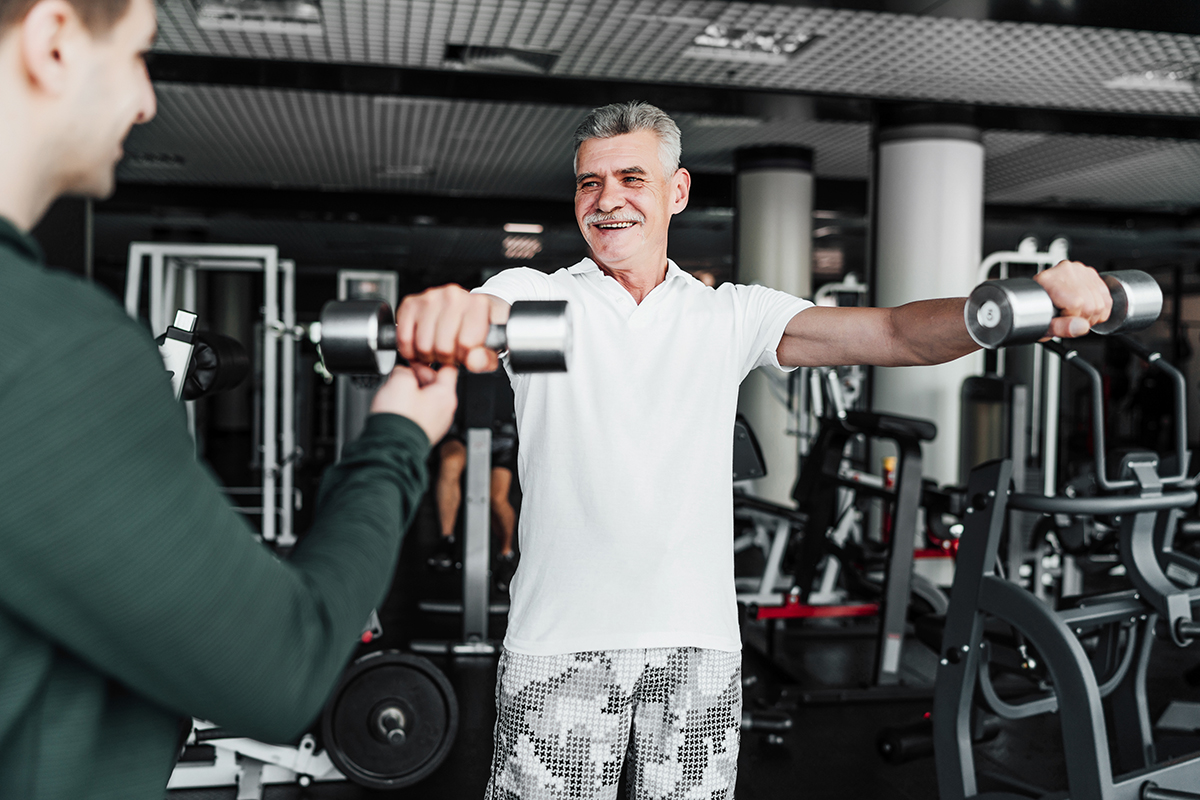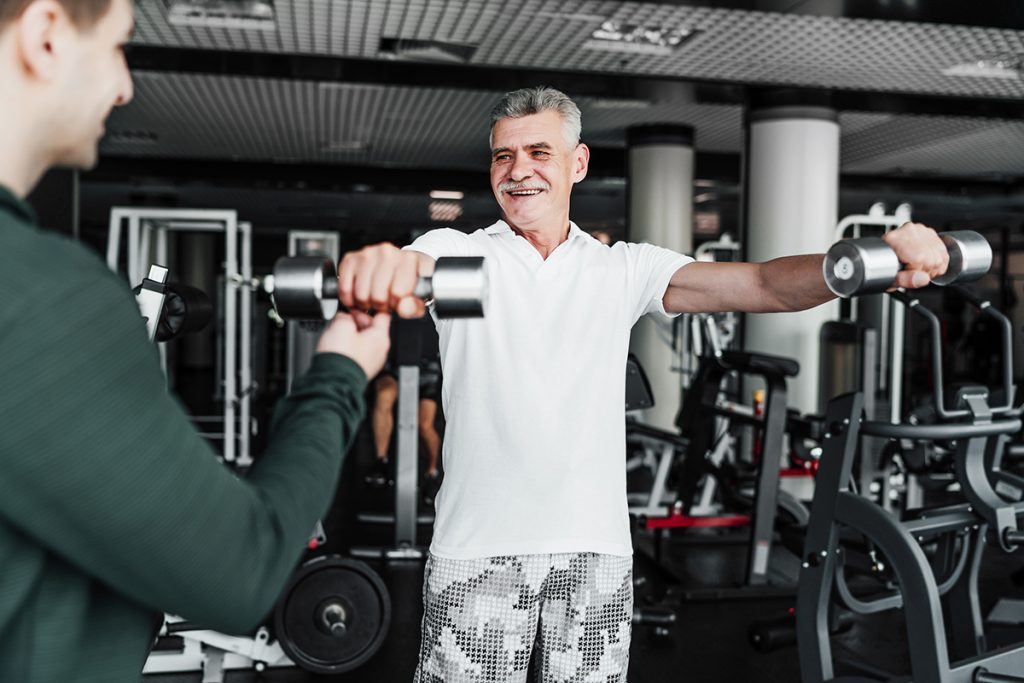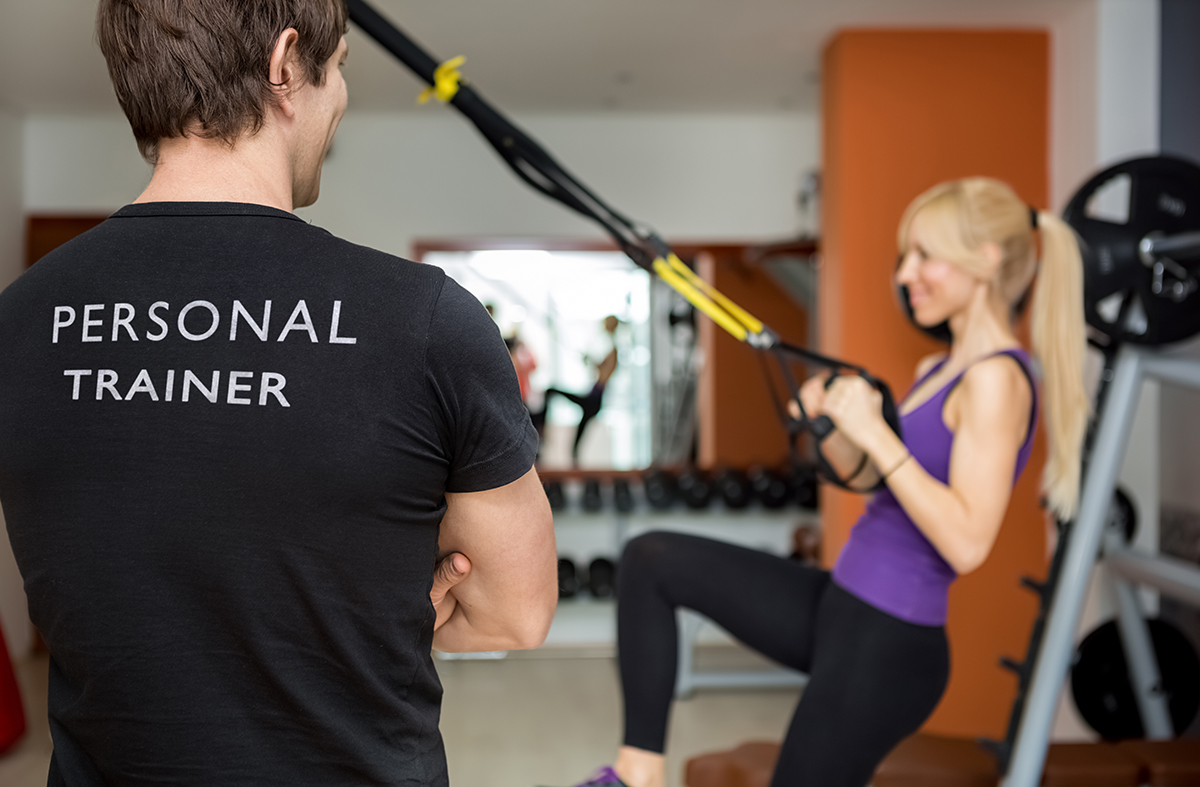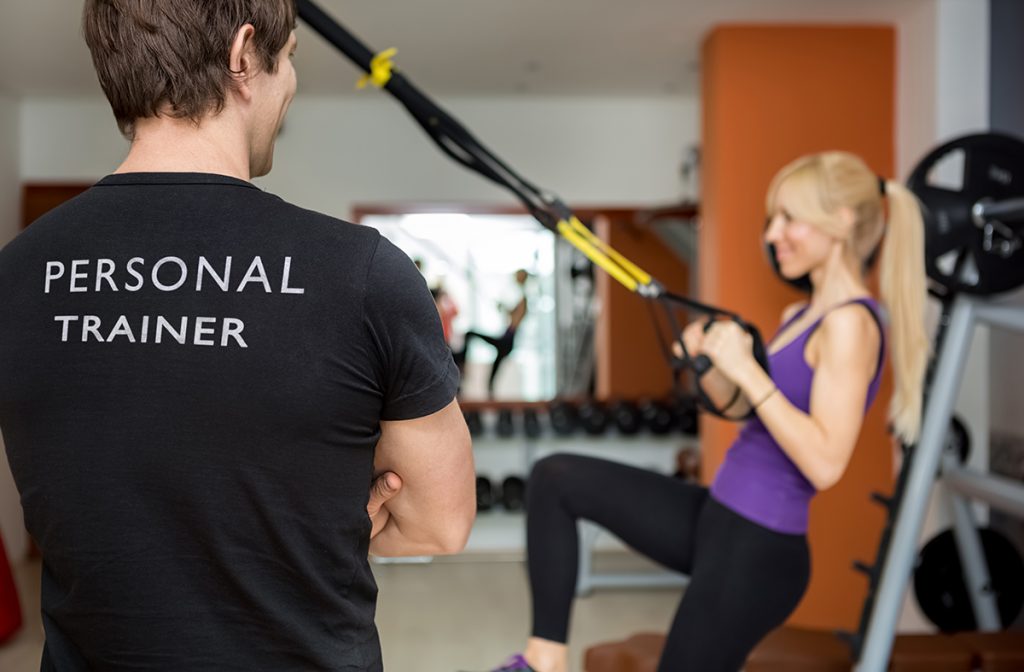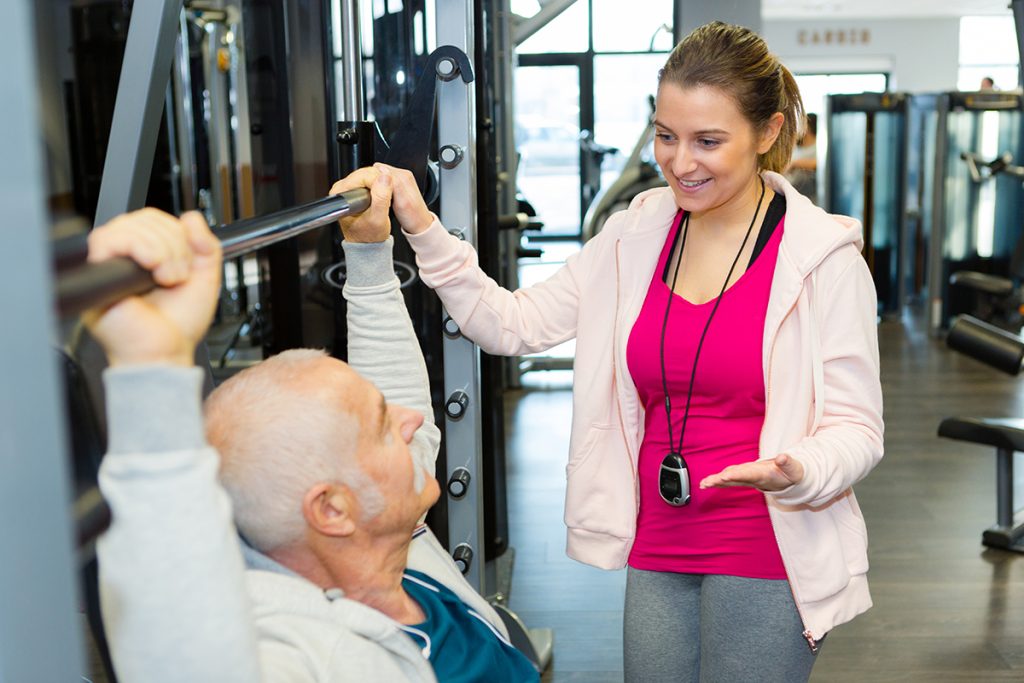Cultivate Connections!
Cultivate connections and build relationships within your professional field. There are enough clients and work to go around for all of us. Consider how collaborating with other professionals in your area or the periphery of your field may make you better at what you do. We are better when working together, and I believe our clients are better off.

As a Fitness professional working in the collegiate realm, this has been of the utmost importance to me and my career. Collaborating on a team to produce the best product has been a great learning experience. And let’s face it, when we work together, it expounds upon the individual ideas and makes them grander. We also get the opportunity to hear other points of view and fresh ideas.
Being able to draw on the knowledge of others is an immeasurable way to learn and grow in your area of expertise. The benefits of mentoring and being mentored by others are also invaluable. Think back to who has mentored you in your profession. How has that experience shaped your practice today? How can you pour into others to share your knowledge?
As a personal trainer, I try to build relationships with other professionals in my area. There will come a time in your career when a client presents with an issue outside your scope of practice. Having a list of reliable professionals, you can refer for your client is wonderful. This often yields better results for the client than searching the internet for a provider. And yes, I even have relationships with other trainers. Not every trainer is suitable for every person. Here is a list of the health professionals I have built relationships within my area.
- Chiropractors
- Acupuncturist
- Counselors/therapist
- Group instructors
- Massage therapist
- Orthopedic surgeons
- Personal trainers
- Physical therapist
- Registered Dieticians
It has been one of my greatest privileges to work alongside a Physical therapist (PT) to graduate a client from PT to Personal training. I have learned so much about injuries and rehab and have built trusted relationships that I can refer my clients to, AND I have been referred to by those professionals as well.
An important caveat; work within your scope of practice. If the opportunity arrives to work with another health professional, obtain the proper RFI or Request For Information. This document says that the client/patient has permitted the two professionals to share information on that person. Abiding by all HIPA laws and regulations, use this information to help bring the client/patient to better whole health.
I know that what I offer as a personal trainer is not the only thing my clients need in their life for whole-body health. Sometimes possibly combining massage with our workouts is what brings their bodies to better health. Another example is counseling. It may be that the stress in life is making it more difficult for my client to reach their full potential; talk therapy may make the physical workout more productive.
If we keep in mind, as health professionals, that we are working toward the whole-body health of our clients/patients, this style of practice is not complex. If we are honest, it is the same for us. Complete whole-body health has many different facets.
Cultivate, Build, and Grow!
Shannon Briggs is a multi-passionate fitness professional and educator. She brings 30-plus years of experience to a long, fulfilling career in the fitness industry. In the past 13 years at the University of Texas at Austin, Shannon has led continuing education workshops in multiple group fitness formats and topics specific to personal training; she also has written the curriculum and manuals for numerous workshops accredited by the American Council on Exercise (ACE). Shannon is currently a monthly contributor to Campus Rec Magazine for Fitness and Wellness.



